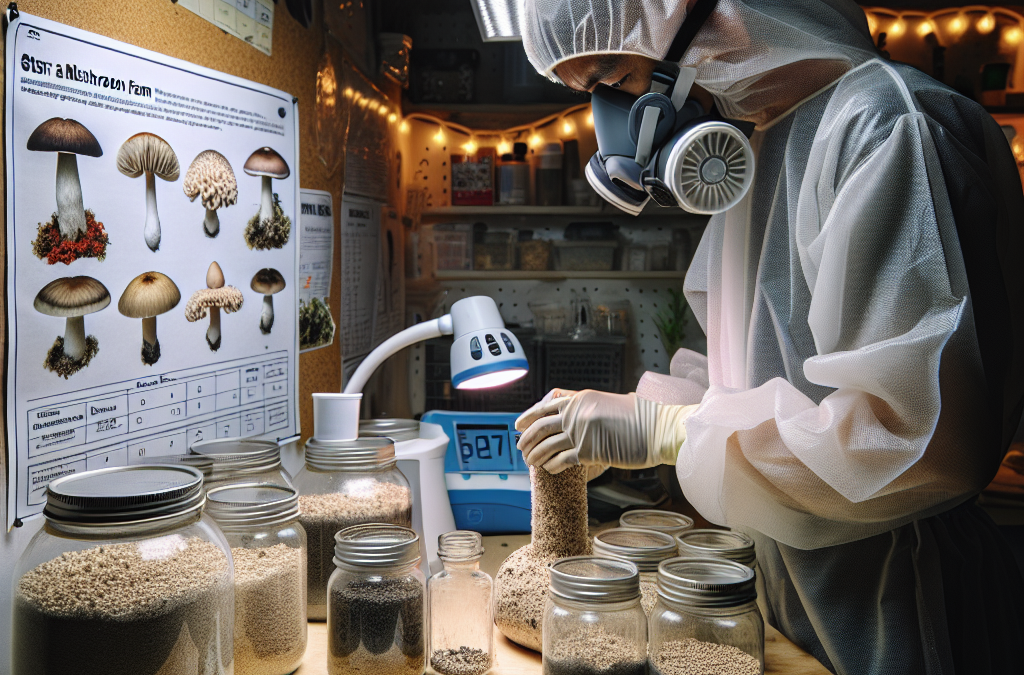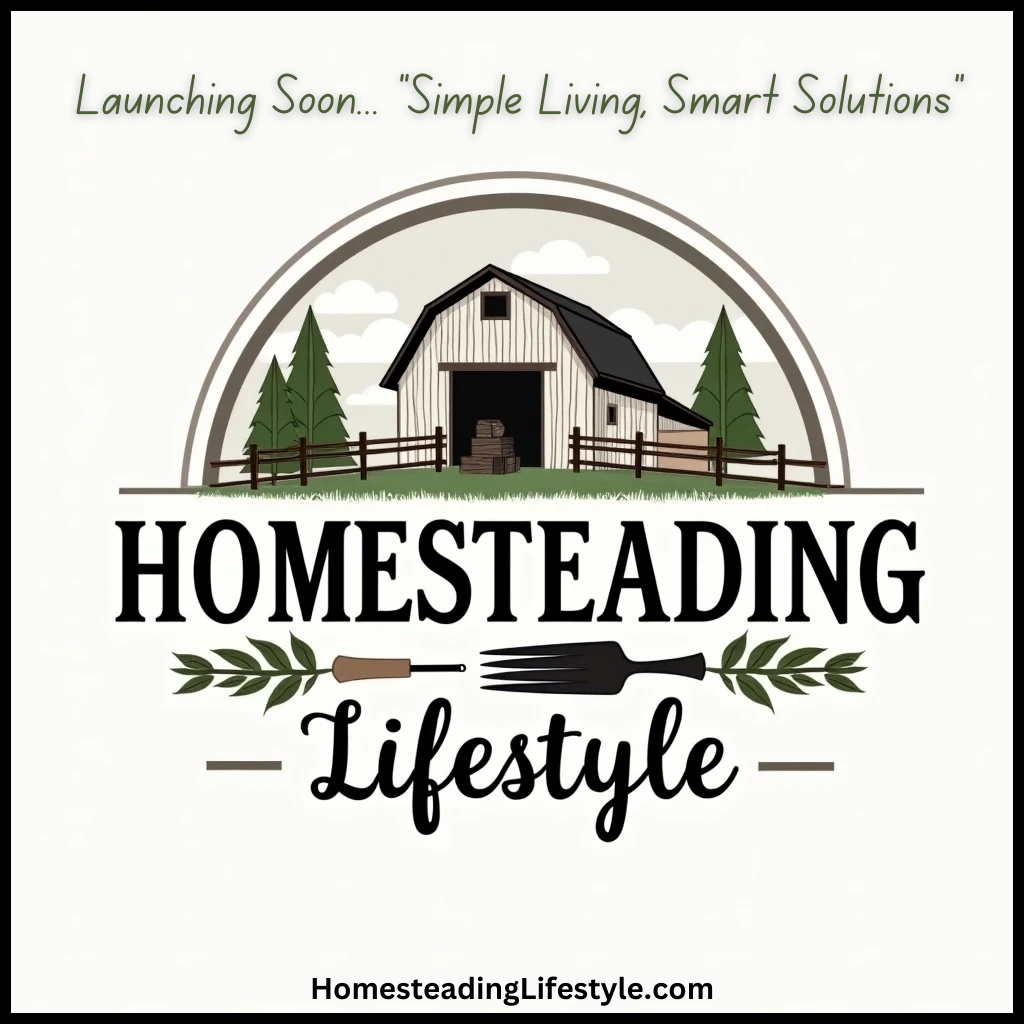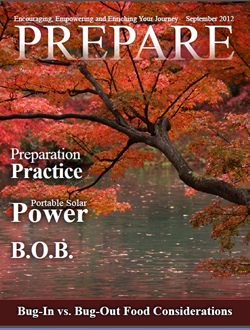Hey there fellow mushroom enthusiasts! If you’ve ever thought about diving into the fascinating world of mushroom farming at home, you’ve come to the right place. Let me share with you my personal journey, tips, and tricks to successfully start your own mushroom farm. Trust me, it can be super rewarding and a lot of fun!
Choosing the Right Mushroom Species
Researching Different Varieties
First things first, before jumping into mushroom farming, you gotta know what kind of mushrooms you want to grow. There are so many varieties out there, like Shiitake, Oyster, and even the fancy Lion’s Mane. Each type has its own unique flavor and growing requirements.
I personally recommend starting with Oyster mushrooms; they’re pretty forgiving for beginners. Plus, they grow fast and can be ready to harvest in just a few weeks! Make sure to read up on the specifics of each type, as they can vary significantly in terms of temperature, humidity, and substrate requirements.
Don’t forget to check out some online forums or local cultivation groups. Connecting with other growers can offer invaluable insights and support as you make your selection!
Climate and Growing Conditions
After deciding on the mushroom variety, the next step is setting up the right environment. Mushrooms thrive in damp, dark areas. A basement, a closet, or even a dedicated growing tent can work wonders. Just remember, these little guys love humidity!
To keep things cozy for your fungi, invest in a good hygrometer to monitor the moisture levels and a small humidifier if you find your growing area needs a little boost. You want to simulate the natural environment as best as possible. Trust me, your mushrooms will thank you!
Also, keep in mind the temperature needs of your chosen species. Most mushrooms enjoy a warm hug of around 60-75°F, but doing a bit of research on your specific variety will really pay off.
Getting Your Spawn
Now that you’ve picked your species and set up your growing space, it’s time to get your hands on some mushroom spawn. You can either buy pre-made spawn from a reputable supplier or make your own if you’re feeling adventurous.
Buying spawn is usually the best way to start. Look for local suppliers or online stores that specialize in gourmet mushrooms, as they often have high-quality, well-colonized spawn. Just be sure to read reviews and check their reputation!
Also, make sure you’re clear on the quantities you need. It can be really tempting to grab more than you need, but sticking to a manageable amount for your first batch will ensure you don’t feel overwhelmed. Less is more, my friend!
Preparing the Substrate
Selecting the Right Substrate
Your mushrooms will need something to grow on, and that’s where the substrate comes in. Common substrates include straw, sawdust, and coffee grounds. Each type supports different mushroom species, so it’s crucial to match them up.
I’ve had great success using straw for my Oyster mushrooms. It’s easily available, cheap, and does a wonderful job at providing the nutrients these wildlings need. Remember, quality matters; choose clean, uncontaminated materials to maximize your success!
Don’t worry if you feel overwhelmed with choices. Picking one substrate doesn’t mean you can’t experiment later. Just start simple and learn as you go!
Inoculation Process
Now comes the fun part—putting your spawn into the substrate. This is called inoculation. You’ll want to maintain a clean environment to avoid contamination, so I recommend working in a sanitized area. Use gloves and consider a mask to minimize bacteria and fungal spores.
Mix the spawn with your prepared substrate, making sure it’s evenly distributed. Then, pack it into containers or bags, leaving some space for the mushrooms to grow. I often use mason jars or plastic bags—both work really well!
After inoculation, store your containers in a dark, warm place. Patience is key at this stage, as you’ll need to wait until the substrate is fully colonized. This can take a couple of weeks, so take a deep breath and keep that excitement in check!
Monitoring and Care
Your masterpiece is underway! As the mushrooms begin to grow, make sure to monitor their environment closely. Light, humidity, and temperature are crucial at this stage. While mushrooms thrive in darkness initially, they need some light to grow properly once they start sprouting.
Don’t overlook humidity; it’s essential! I often spritz my growing area lightly with water to maintain moisture levels. Just be careful not to overdo it—too much water can lead to mold issues!
Lastly, keep an eye out for any contaminants. If you spot anything that looks off, it’s better to err on the side of caution and dispose of the affected substrate to protect your entire crop.
Harvesting and Enjoying Your Mushrooms
Identifying When to Harvest
After a few weeks of nurturing, it’s time for the big celebration—harvesting! Knowing when your mushrooms are ready can be tricky at first. I like to check the caps; when they start to open a bit but are still firm, it’s showtime!
Oyster mushrooms, for instance, can be harvested when their caps are still slightly curled. Trust me, each variety has its own signs. Reading up or watching videos of others will help you feel more confident as it gets closer to harvest time.
Don’t feel rushed! If you want a larger yield, you can allow them to grow a bit longer—but be sure to harvest them before they start to drop spores. Spores can spread and influence your next crop, so keep an eye out!
Storing Your Harvest
Once you’ve harvested these tasty treats, it’s essential to store them correctly. Keep them in a paper bag in the fridge, as plastic can make them soggy. I usually try to use them within a week for the best flavor and freshness.
If you’ve harvested a larger batch, consider drying some for long-term storage. Dried mushrooms can add a delightful flavor to soups and stews. Just make sure to rehydrate them when cooking—voila, mushrooms that stand the test of time!
Remember, sharing is caring! If you find yourself with an abundance of mushrooms, consider sharing with friends and family. They will be impressed, and it’s a fantastic way to spread the love for mushroom farming.
Experimenting with New Recipes
Now that you’ve successfully harvested your mushrooms, it’s time to get creative in the kitchen! Mushrooms are so versatile and can be used in anything from stir-fries to risottos. I love experimenting and playing with flavors.
Consider trying a classic mushroom risotto, or if you’re feeling a bit adventurous, how about making your own mushroom jerky? There are tons of recipes online that can help guide your culinary explorations.
Don’t shy away from sharing your creations on social media! Join those mushroom-loving communities, share some pictures, and maybe even gain a few followers along the way. It’s an amazing way to create connections and learn more!
Frequently Asked Questions
1. What materials do I need to start a mushroom farm at home?
You’ll need mushroom spawn, a growing substrate (like straw or sawdust), containers for growing, and some basic tools for monitoring humidity and temperature. A cooler location with good air circulation is also helpful.
2. How long does it take to grow mushrooms?
It varies depending on the species, but typically it takes 2-6 weeks from inoculation to harvest. More delicate varieties might take a bit longer, so patience is key!
3. Can I grow mushrooms indoors?
Absolutely! In fact, many beginners start an indoor mushroom farm. Just ensure your indoor environment can maintain the necessary humidity and darkness for the mushrooms to thrive.
4. Are homegrown mushrooms safe to eat?
Yes, as long as you follow proper hygiene and cultivation methods. Always use reliable spawn and substrates to minimize contamination risks, and trust your instincts—if something looks or smells off, don’t eat it!
5. What’s the best way to store harvested mushrooms?
Keep your mushrooms in a paper bag in the refrigerator for up to a week. For longer storage, consider drying them out to use later in soups and sauces!
So there you have it—my friendly guide to starting your own mushroom farm at home! I hope you feel inspired to take on this exciting journey. Happy mushroom farming!





